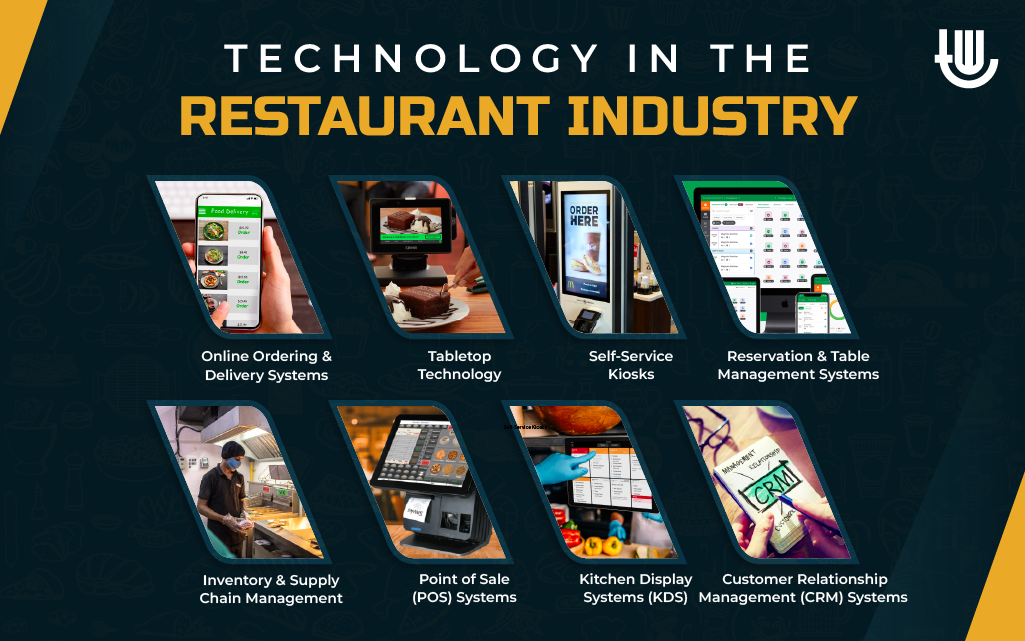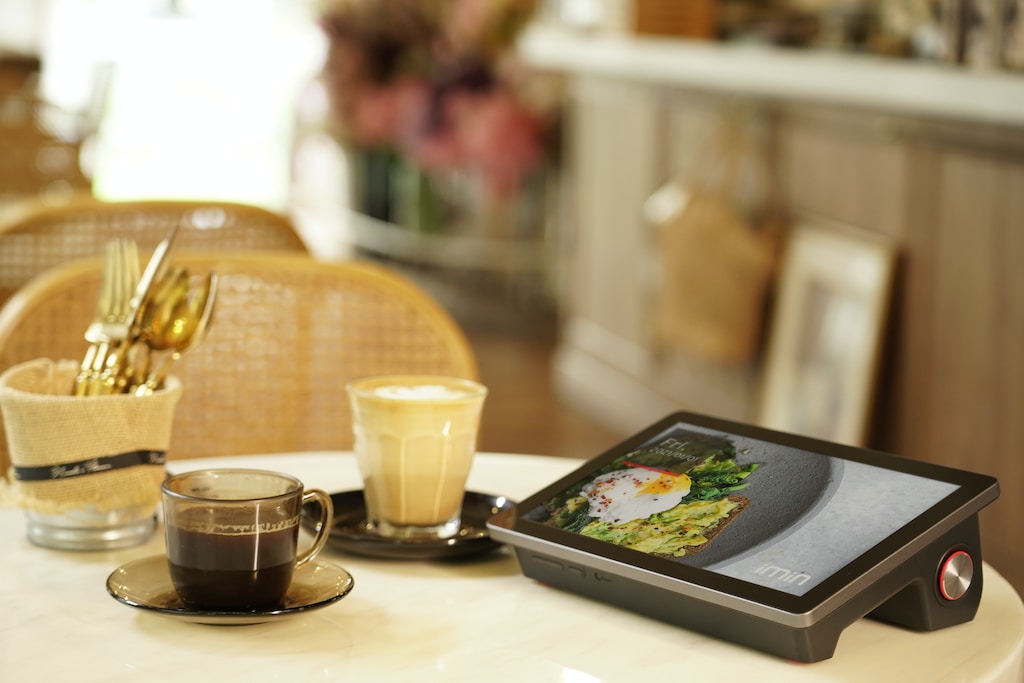In today’s fast-paced world, the restaurant industry has undergone a significant transformation with the integration of technology. From streamlined operations to enhanced customer experiences, technology has become an indispensable tool for restaurants of all sizes. This article will explore the importance of technology in the restaurant industry and delve into various types of technology that can be utilized to optimize operations and improve overall efficiency.
The Crucial Role of Technology in the Restaurant Industry
Technology plays a vital role in the restaurant industry, offering numerous benefits to both restaurant owners and customers.
Enhanced Efficiency and Productivity
Implementing technology in restaurants can significantly improve operational efficiency. For instance, digital ordering systems and self-service kiosks enable customers to place their orders directly, reducing waiting times and eliminating order inaccuracies. This automation not only speeds up the ordering process but also allows staff to focus on other critical tasks, such as food preparation and customer service.
Improved Customer Experience
Technology plays a vital role in enhancing the overall dining experience for customers. Tableside ordering tablets or mobile apps enable customers to browse menus, customize their orders, and even make payments conveniently. Additionally, online reservation systems and waitlist management tools enable customers to book tables in advance, reducing waiting times and ensuring a seamless dining experience.
Accurate Inventory and Supply Chain Management
Technology can streamline inventory management processes, ensuring optimal stock levels and minimizing wastage. Integrated inventory management systems can track ingredient usage, monitor expiration dates, and generate automated alerts for reordering. This helps restaurants reduce food spoilage and maintain a well-organized supply chain.
Data-Driven Decision Making
Technology provides restaurants with valuable data and analytics that can be used to make informed business decisions. Point-of-sale (POS) systems can generate detailed reports on sales, customer preferences, and popular menu items. By analyzing this data, restaurant owners can identify trends, understand customer behavior, and make strategic decisions to improve profitability and customer satisfaction. Additionally, advancements in artificial intelligence (AI) are also revolutionizing the restaurant industry. AI-powered systems can analyze vast amounts of data, predict customer preferences, and even automate certain tasks, such as inventory management. The use of AI in the restaurant industry is steadily growing, and it is expected to continue transforming the way restaurants operate and serve their customers.
Online Presence and Marketing
In today’s digital age, having a strong online presence is crucial for restaurants. Technology enables restaurants to create user-friendly websites, develop mobile apps, and leverage social media platforms for marketing and promotions. Online ordering and delivery platforms have also become essential, allowing restaurants to reach a wider customer base and increase revenue streams.
Types of Technology Revolutionizing the Restaurant Industry
With the rising demand for efficiency, enhanced customer experiences, and streamlined operations, restaurants are increasingly embracing innovative technologies to stay competitive. From the front-of-house to the back-of-house operations, advanced tech solutions are transforming the way restaurants function. In this article, we will explore some of the key types of technology revolutionizing the restaurant industry.

Online Ordering and Delivery Systems
The surge in food delivery services has led to a significant increase in online ordering. Restaurants are leveraging online platforms and mobile applications to offer their menus to a wider customer base. These systems enable customers to conveniently browse menus, place orders, and choose delivery or pickup options. Additionally, integrating with third-party delivery services allows restaurants to reach more customers without establishing an in-house delivery fleet.
Tabletop Technology
Tabletop technology has gained popularity in restaurants, enhancing the dining experience for customers. Tablets or interactive screens placed on tables enable customers to browse menus, place orders directly, and make payments without waiting for a server’s attention. This technology not only improves efficiency but also offers an opportunity for upselling, displaying attractive food visuals, and collecting valuable customer feedback.
Self-Service Kiosks
Self-service kiosks are becoming increasingly common in fast-food and quick-service restaurants. These interactive terminals allow customers to place orders and customize their meals according to their preferences. Self-service kiosks reduce wait times, improve order accuracy, and can be integrated with loyalty programs, offering personalized recommendations based on previous orders.
Reservation and Table Management Systems
To streamline the reservation process and optimize table management, restaurants are adopting reservation and table management systems. These systems allow customers to book tables online, check availability in real-time, and receive confirmation notifications. For restaurant staff, these systems provide a centralized platform to manage reservations, assign tables efficiently, and even maintain customer preferences for personalized experiences.
Inventory and Supply Chain Management
Efficient inventory and supply chain management are crucial for running a successful restaurant. Technology solutions that automate these processes help reduce wastage, optimize stock levels, and streamline the ordering process. Inventory management software can track ingredient usage, monitor stock levels, generate purchase orders, and even forecast demand based on historical data, leading to significant cost savings and improved operational efficiency.
Point of Sale (POS) Systems
Modern POS systems have evolved beyond traditional cash registers. They now offer a comprehensive range of features, including order management, payment processing, inventory tracking, and sales analytics. POS systems integrate with other restaurant technologies, such as online ordering platforms, reservation systems, and kitchen display systems, providing a centralized hub for managing various operations and improving overall efficiency.

Kitchen Display Systems (KDS)
Kitchen Display Systems are replacing traditional paper tickets in restaurant kitchens. These digital display screens provide real-time order information, helping chefs and kitchen staff manage orders efficiently. KDS eliminates the need for manual communication, reduces errors, and improves order accuracy and speed. Integration with the POS system ensures seamless communication between front-of-house and back-of-house operations.
Customer Relationship Management (CRM) Systems
CRM systems allow restaurants to gather and analyze customer data, enabling personalized marketing campaigns, loyalty programs, and targeted promotions. By capturing information such as customer preferences, dining habits, and contact details, CRM systems help build long-term customer relationships and enhance overall customer satisfaction.
To Wrap Up!
In conclusion, technology plays a crucial role in the restaurant industry, offering a multitude of benefits that enhance efficiency, customer experience, and overall profitability. The adoption of various technological solutions has become imperative for restaurants to stay competitive in today’s fast-paced world. By leveraging technology, restaurants can streamline operations, optimize resource management, and provide personalized experiences to their patrons.